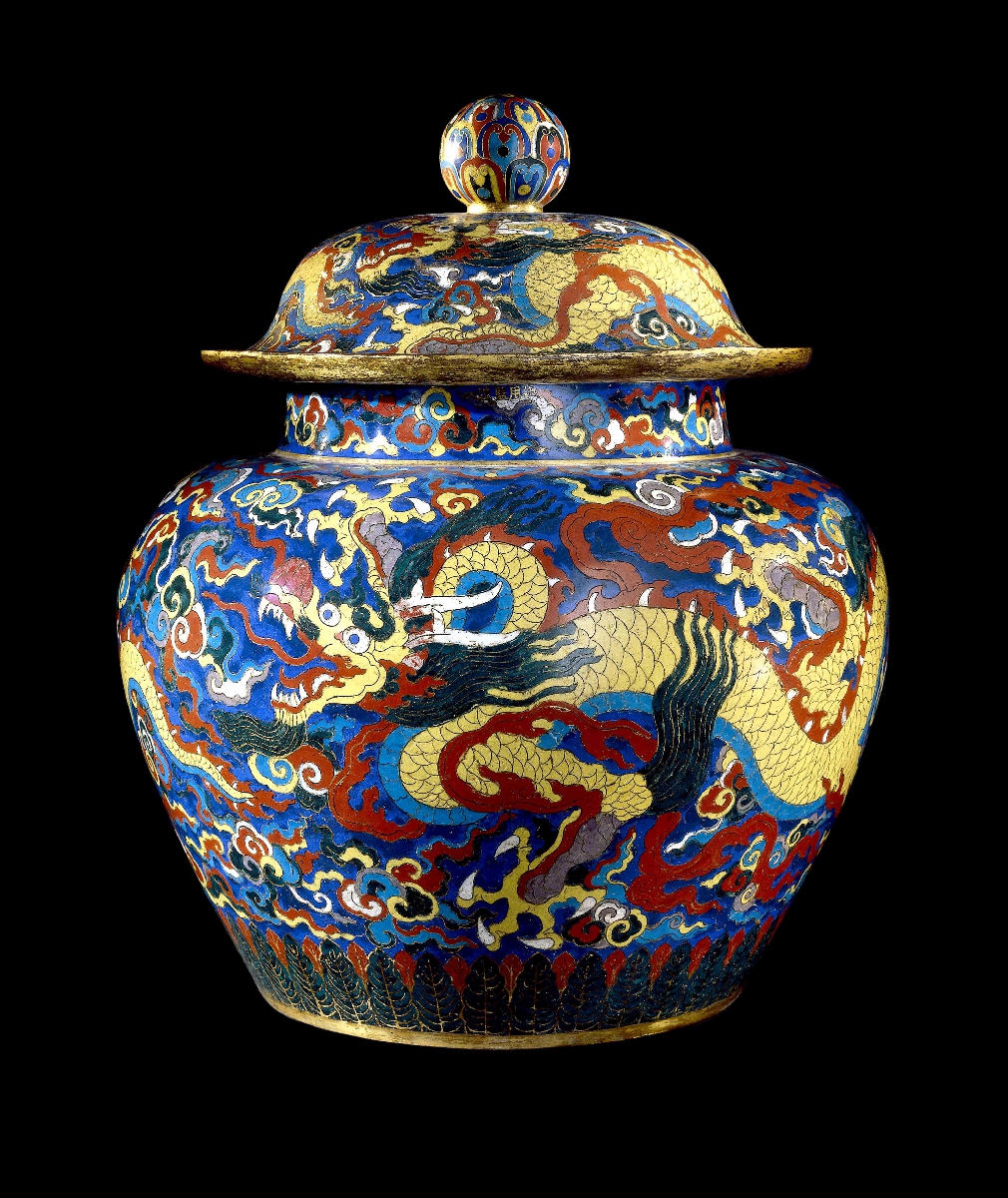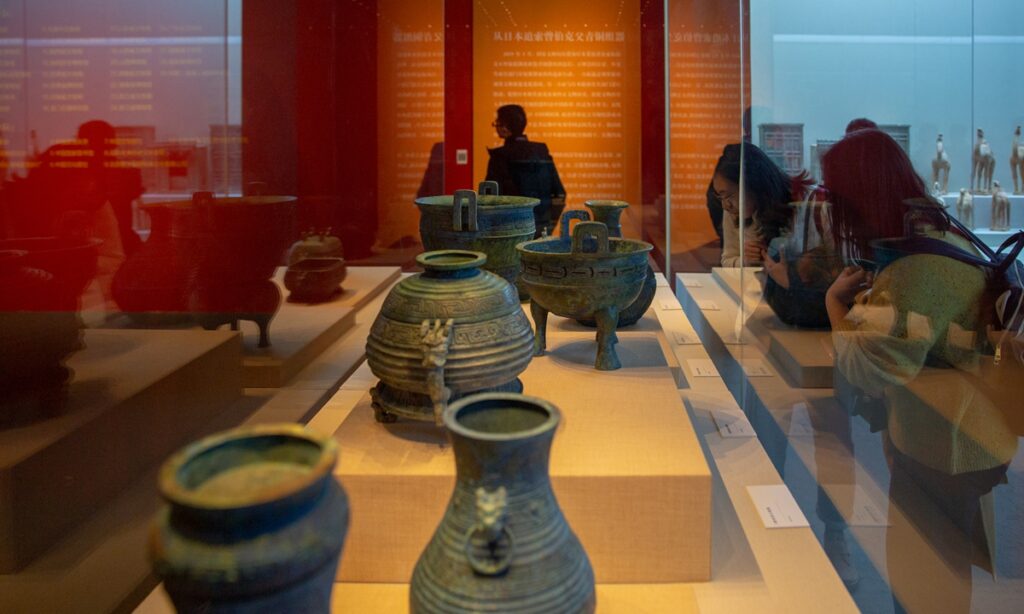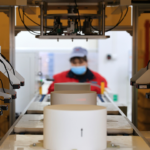Turbulent way home
In the wake of the approximately 2,000 artifacts stolen from the British Museum, another museum in Cologne, Germany, was robbed, resulting in the loss of valuable Chinese porcelain of the Ming and Qing dynasties. Calls for the return of looted artifacts have grown strong in the countries where the artifacts were from, including Egypt and China.
Yara Ismail, a lecturer at Cairo University, told the Global Times that cultural relics embody Egyptian national identity, and the most important thing that distinguishes Egypt is its cultural relics, which date back thousands of years and are a source of Egyptians’ identity.
“The Egyptian popular proverb says, ‘Who misses his past is lost.’ A nation without traces, in my belief, is a nation without identity, character, or memory,” said Ismail.
On social media, Chinese netizens have continued to express their longing for the return of cultural relics to their rightful home. However, the process of repatriating cultural relics is far from easy.
Huo Zhengxin, a law professor at the China University of Political Science and Law, told the Global Times that when considering the international community as a whole, calls for repatriation have had a certain impact. The condemnation has led to reflection on the part of some countries which were the final destinations of the artifacts, and their complicity in the looting of the said artifacts. In addition, taking action to return cultural relics has become an international trend. However, achieving large-scale and systematic returns is still a slow process.
Loopholes in the system
As a member of the Academic Committee of China’s Old Summer Palace (Yuanmingyuan) Society that has been researching lost artifacts for over 20 years, Liu Yang told the Global Times that Western museums, especially those with looted artifacts from wartime, have developed a highly skilled “whitewashing” process to legitimize the status of the artifacts.
For example, the Metropolitan Museum of Art in the US is actually a private collection museum. They acquire artifacts by purchasing war-looted pieces through a foundation established by their own museum, which acts as a third party, and then “donate” the artifacts to the museum under the guise of philanthropy.
“Western museums are well aware of the loopholes in the system. These ‘legitimization’ methods make the hope of repatriating lost cultural relics to their home country very slim,” he said.
According to statistics from the Chinese Society of Cultural Relics, after the Opium War in 1840, over 10 million Chinese cultural relics were looted and transported to countries and regions such as Europe, the US, Japan, and Southeast Asia. Among them, there are over one million first- and second-grade cultural relics.

A Chinese porcelain ware collected by the British Museum Photo: IC
Liu stated that the prerequisite for retrieving cultural relics is to clarify their origins. Currently, the backgrounds of foreign-held artifacts differ. Some were purchased at the time, some were looted during wartime, and others were donated.
He believes that having corresponding institutions between the receiving country and the country of origin would facilitate communication and the repatriation of lost artifacts.
According to official statistics, China has successfully facilitated the return of over 150,000 looted Chinese cultural relics through various means in more than 300 batches from 1949 to 2019.
In recent years, multiple batches of lost cultural relics have been repatriated with the efforts of various parties. For example, in August, Switzerland returned five illegally imported precious cultural relics to China, demonstrating a willingness by both countries to strengthen cooperation in cultural heritage protection.
Huo said that reclaiming cultural relics is a global challenge with many difficulties, including legal obstacles. International treaties, for instance, have weak enforceability and do not apply to the restitution of relevant cultural relics.
Additionally, international conventions only apply to contracting states, and many Western countries abstain from joining conventions aimed at the return of cultural relics.
Furthermore, there are statutes of limitations for prosecution, so cultural relics that exceed the time limit cannot be returned through litigation means, posing obstacles to the initiating of legal proceedings and tracing of cultural relics. He also mentioned that some lost cultural relics are transferred through the black market, making it very difficult to obtain solid evidence.
However, Huo also pointed out that cultural relics that exceed the statute of limitations can still be returned. The so-called statute of limitations only creates difficulties for successful legal proceedings, but does not prevent both parties from resolving the issue through mediation or other non-litigious means.
‘Nothing but a false claim’
In addition, international conventions now advocate extending the statute of limitations in the case of some precious cultural relics or encourage the countries in possession of the said artifacts to consider voluntary repatriation. The French government, in 2017 for example, expressed its willingness to return a batch of cultural relics that flowed into France from its former colonies.
In 2002, several famous Western museums jointly issued the Declaration on the Value and Importance of Universal Museums, resisting demands for the repatriation of cultural relics. One reason they gave for refusing to return them was that the museums provided better protection for the artifacts.
However, in the face of scandals involving museums like the British Museum surfacing repeatedly, this declaration has become moot, as calls from various countries, including Egypt, Nigeria, Ethiopia and China, for the return of cultural relics have increased.
Ismail told the Global Times that the British Museum’s refusal over the years to return objects under the British Museum Act 1963 and the Museum’s claim that it plays an important role as a repository of the cultural achievements of the human race is “nothing but a false claim.”
She added that it is a weak argument for the museum to claim that there are fears that the artifacts are at risk of incurring damage if returned to their countries of origin. All that is to say that the British Museum is afraid to return the artifacts, and returning a single piece is enough to open the floodgates to demands from different countries to return illegitimately acquired antiquities, which may ultimately “empty the museum of everything.”
Huo said that in the short term, it is difficult to get a response from the British Museum regarding the demands for repatriation. The main reason is that most of the artifacts deep within the British Museum are foreign artifacts.
“They are worried about a domino effect. If they open one door, it would mean that museums could potentially be emptied out in the future,” he said.
(Global Times)




